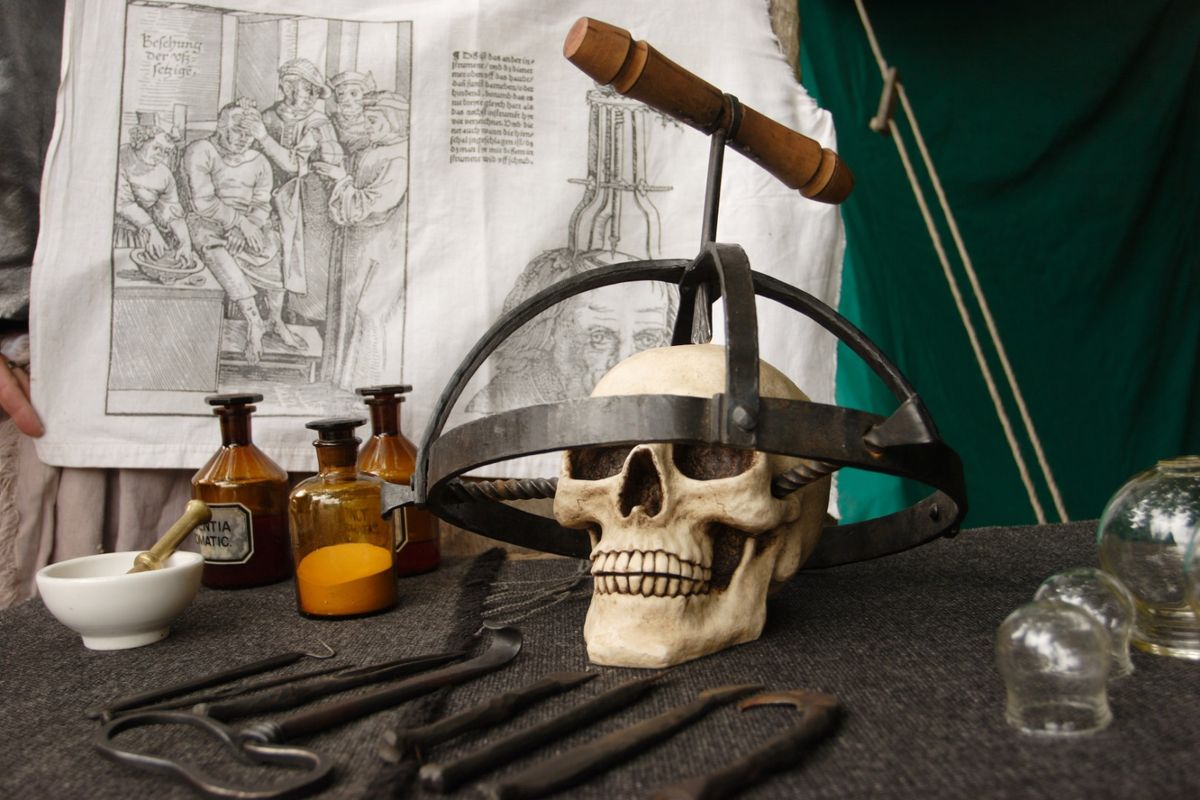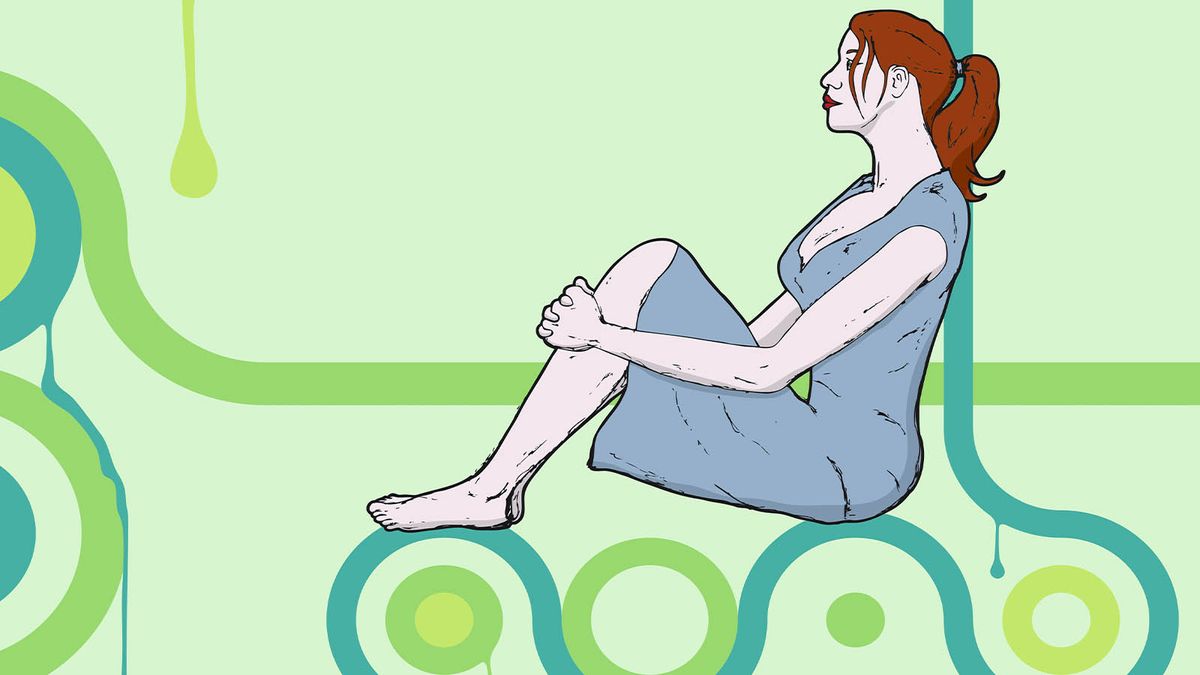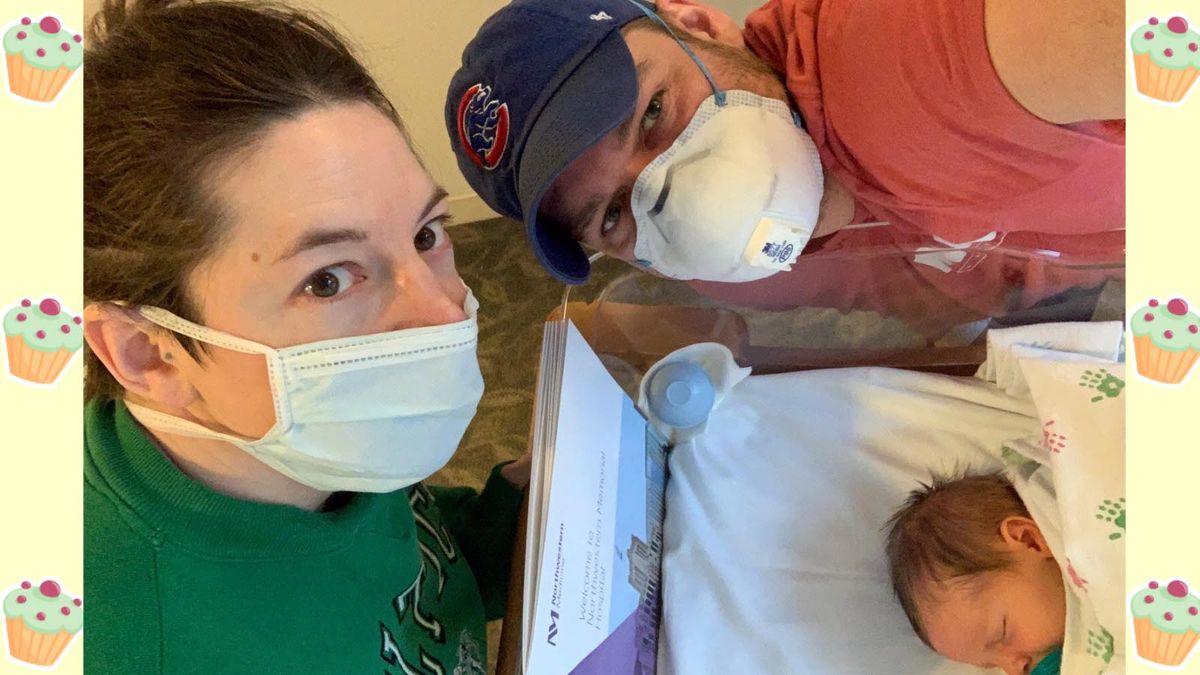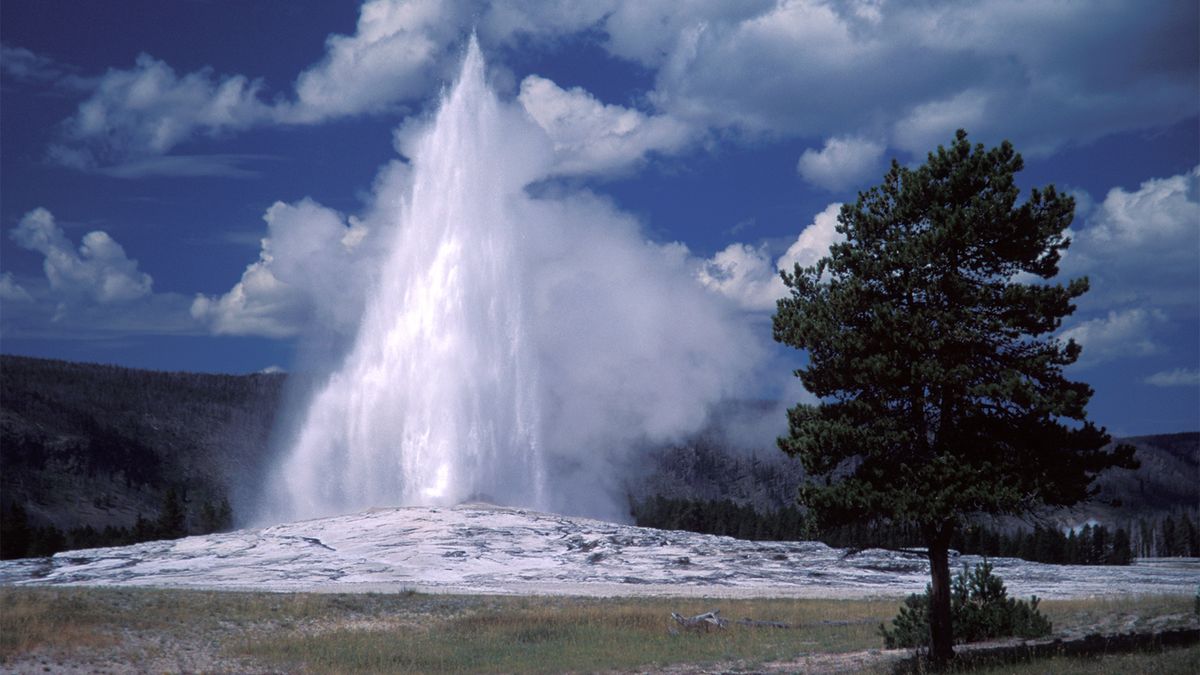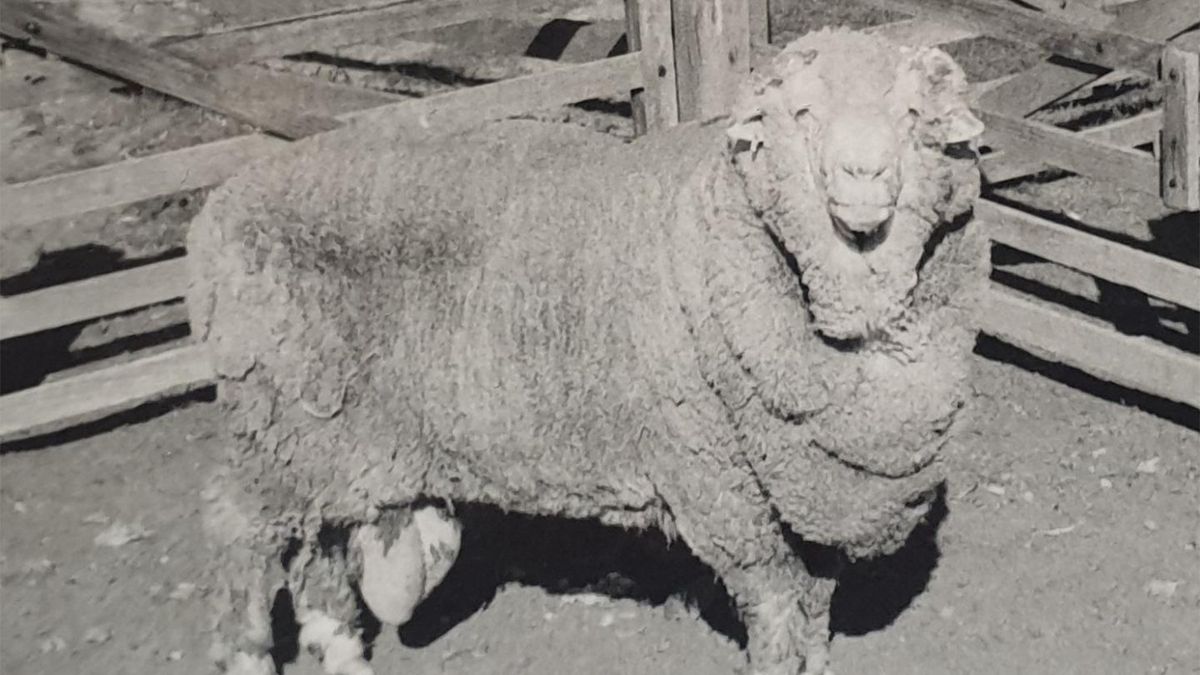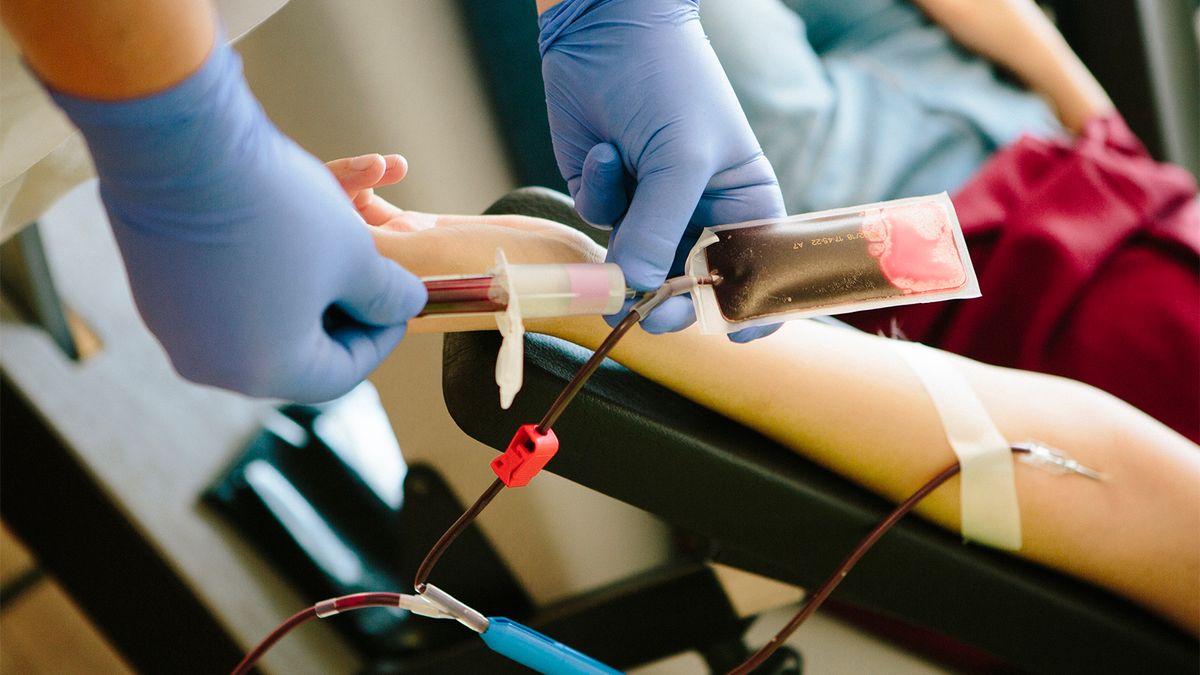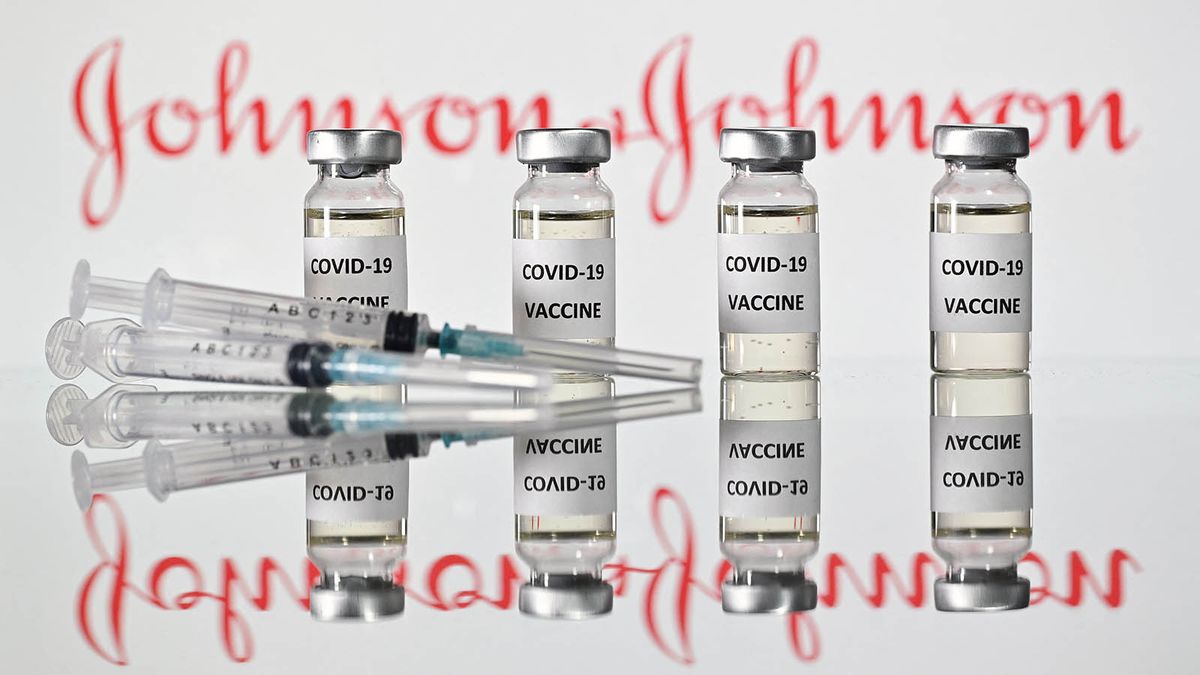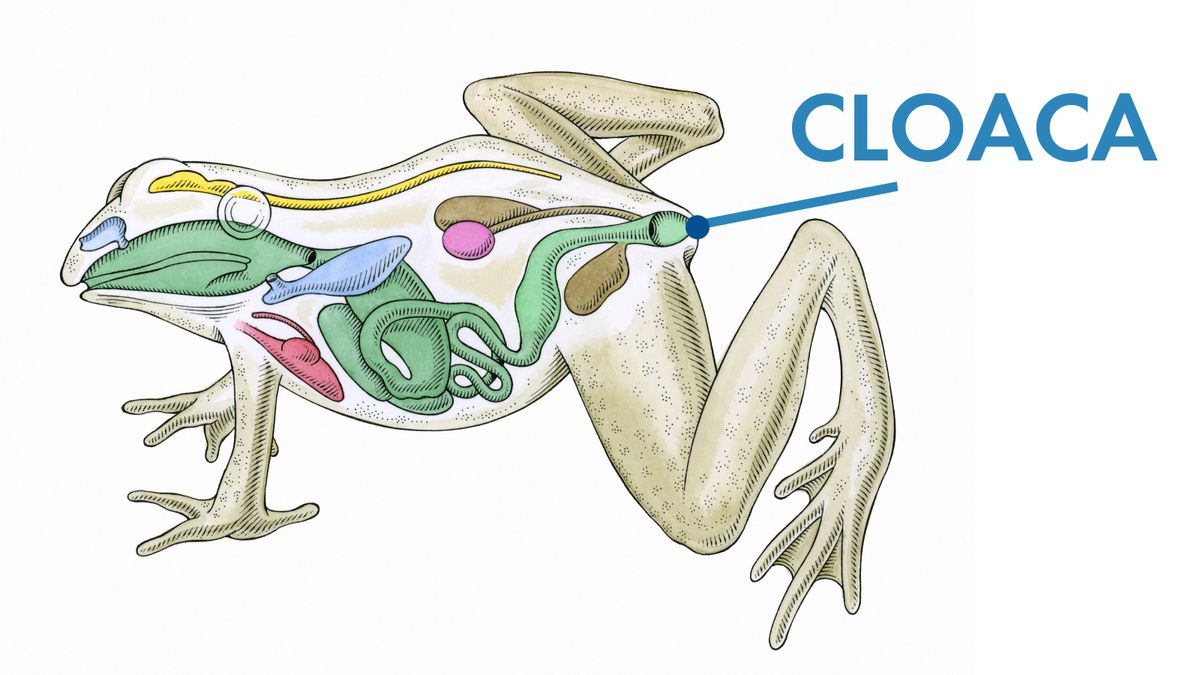
Сушильная машина — это просто большой барабан, в который загружается мокрое белье. Двигатель со шкивами, соединенными рядом ремней, вращает барабан. Воздух, нагретый газовым нагревателем или электрическим нагревательным элементом, продувается через барабан для сушки белья. Температура и скорость барабана контролируются серией термостатов, управляемых таймером на панели управления сушилки.
В качестве предохранительного устройства сушилка обычно имеет дверной выключатель, который активирует рабочие части. Если дверца не закрыта должным образом, сушильная машина не будет работать независимо от настроек на панели управления. Многие сушилки оснащены кнопкой сброса на панели управления. Если двигатель не работает, дайте сушилке остыть в течение примерно десяти минут. Затем нажмите кнопку сброса. Если нет проблем с двигателем, переключателями или электрической системой, это должно перезапустить сушилку. Предупреждение: Перед выполнением каких-либо работ с сушильной машиной убедитесь, что она отключена от сети. Отсоедините заземляющий провод. Если осушитель работает на газе, закройте клапан подачи газа, чтобы перекрыть подачу газа к устройству.
- Разборка сушилки
- Очистка сушилки
- Дверь и переключатель
- Обслуживание пускового переключателя
- Как отремонтировать нагревательные элементы
- Как отремонтировать барабан и двигатель
- Обслуживание роликов барабана
Разборка сушилки

За исключением шнура питания и выпускного отверстия, все компоненты сушилки находятся в коробке из листового металла. Каждый компонент действует независимо от других, но все они каким-то образом взаимосвязаны. Существует несколько различных способов разборки шкафа для проверки и ремонта в зависимости от производителя и модели машины. Основные процедуры разборки просты.
Некоторые ручки могут крепиться к своим валам с помощью установочных винтов. Отвинтите фиксаторы и вытащите ручки наружу. Однако, чтобы получить большинство деталей, снимите только заднюю панель. Не разбирайте остальную часть шкафа, пока не будете уверены, что не сможете проверить, заменить или отремонтировать его сзади. Если свет в сушилке перегорел, удалите его из сушилки. Для доступа к нему может потребоваться удалить крепежные винты и панели. Замените перегоревшую лампочку на новую того же типа и мощности; проверьте концы старой лампы для получения этой информации. Затем замените все удерживающие панели. Вот как:
Шаг 1. Чтобы снять заднюю панель, открутите ряд винтов или болтов, которыми панель крепится к верхней и боковым сторонам шкафа.
Шаг 2: Чтобы снять нижнюю переднюю панель, потяните ее в сторону от нижней части шкафа. Поднимите нижнюю панель вверх и в сторону. Снимите пружины с каждой стороны нижней панели.
Шаг 3: Чтобы снять верхнюю панель, вставьте шпатель с жестким лезвием под обод верхней части и подденьте верхнюю часть. Шпатель помогает освободить несколько пружинных застежек в верхней части боковых стенок шкафа и спереди.
Шаг 4: Чтобы снять панель управления сушильной машины, открутите винты, которыми она крепится к верхней или передней панели шкафа. Эти винты могут находиться под металлической или пластиковой накладкой; подденьте или открутите обшивку. Большинство ручек имеют фрикционную посадку; вытяните их прямо.
Внимание: При проверке или ремонте электрических частей газовой сушилки помните, что сушилка подключена к газовой трубе. Перед отсоединением линии подачи газа или перемещением осушителя, а также перед выполнением любых электромонтажных работ закройте запорный вентиль на подающей трубе.
Очистка сушилки
Помимо сушки одежды, сушилки также удаляют ворс. Этот тонкий, пушистый материал может вызвать проблемы, потому что он блокирует ловушки для ворса сушилки, засоряет вентиляционные отверстия и заполняет воздуходувки. Ворс также может собираться вокруг и в дорожках барабанных роликов или внутри и под шкивами и приводным ремнем. В результате белье плохо сохнет, а иногда вообще не сохнет. Чтобы избежать проблем с ворсинками, прочищайте систему улавливания ворсинок сушильной машины каждый раз, когда вы пользуетесь сушилкой.
Чтобы очистить экран от ворса, снимите его с устройства. Экран может располагаться рядом или под порогом двери, или в верхней части сушильной машины рядом с панелью управления. Обычно его можно снять, потянув вверх и из корпуса. Удалите накопившийся ворс, чтобы очистить экран; затем заменить экран.
В выпускном отверстии также собирается ворс. Уход за вентиляционными отверстиями включает в себя очистку ворса от сетки в вытяжном воротнике вентиляционного отверстия сушилки и/или на конце вытяжного вентиляционного отверстия, где он выходит через окно подвала или наружную стену. Чтобы очистить экран, снимите зажим, которым вентиляционное отверстие крепится к воротнику, или выверните винты, которыми вентиляционное отверстие крепится к воротнику, или вытащите вентиляционное отверстие прямо из удлиненного воротника. Тщательно очистите экран и замените его в вентиляционном узле.
Чтобы очистить вентиляционное отверстие, используйте щетку для очистки вентиляционных отверстий (продается в хозяйственных магазинах), чтобы удалить любые отложения ворсинок. Также проверьте вентиляционный участок, чтобы убедиться, что вентиляционный трубопровод или трубка не ослаблены в соединениях или, в случае гибкой пластиковой вентиляции, не провисают между подвесными кронштейнами. Разрывы или провисания вызывают чрезмерную нагрузку на систему воздуходувки сушилки и могут вызвать проблемы с сушкой. Если вентиляционная труба или шланг забиты ворсом, удалите его, протолкнув садовый шланг или дренажный шнек через вентиляционное отверстие к удобному соединению. Разберите соединение, чтобы удалить мусор. При этой процедуре нет необходимости разбирать всю вентиляцию, чтобы найти засор.
Вы можете предотвратить проблемы до того, как они станут слишком серьезными, выполняя плановое техническое обслуживание уплотнителя дверцы сушильной машины, термостата, таймера и других часто используемых деталей. Давайте обсудим, как обслуживать эти важные компоненты, в следующем разделе.
Дверь и переключатель
Сушильные машины используются очень часто, поэтому важно знать, как обеспечить регулярное обслуживание дверной прокладки, дверного переключателя, термостата и других основных частей. Используйте приведенные ниже рекомендации для получения советов о том, как проверять и поддерживать эти важные функции.
Обслуживание дверной прокладки
Дверца сушилки герметизирована одной или несколькими прокладками, чтобы предотвратить утечку горячего воздуха из сушилки и предотвратить всасывание холодного воздуха из помещения для стирки в сушилку. Изношенная или поврежденная прокладка значительно снижает эффективность осушителя. Чтобы проверить прокладку, поднесите лист папиросной бумаги к краю дверцы во время работы машины. Если дверь протекает, бумага будет развеваться. Если прокладка или уплотнение негерметичны, выглядят изношенными или деформированными, в них отсутствуют куски материала или они кажутся твердыми и неупругими, их следует заменить новой прокладкой того же типа.
Обслуживание дверного выключателя
Дверной выключатель имеет решающее значение для работы сушилки. Если переключатель не работает, сушилка не будет работать.
If the dryer has a door latch, make sure the latch is free of dirt or lint and properly adjusted before you make any switch tests or replacements. Sometimes a misaligned latch prevents the door from being closed tightly, preventing the switch from being activated.
The switch on the dryer may be accessible from the outside door, or you may have to remove the top of the dryer to access it. The switch is a simple assembly, with two lead wires running to it. Test the switch with a volt-ohm-milliammeter (VOM) set to the RX1 scale. Disconnect the switch leads and clip one probe of the VOM to each switch terminal. Press the switch closed with your finger. The VOM should read zero. If the needle jumps, the switch is faulty and should be replaced with a new one of the same type.
The switch is held to the dryer with setscrews; remove these screws and disconnect the leads to the switch. Install a new switch and connect the leads. Then position the switch and tighten the setscrews to hold it in place.
Servicing the Start Switch
This switch, located on the control panel, is usually the push-button type. Start switches don't fail often, but it does happen. To check the start switch, remove the control panel and test the switch with a VOM set to the RX1 scale. Disconnect the leads from the switch terminals and clip one VOM probe to each terminal. Press the switch button. If the meter reads zero, the switch is working.
If the needle jumps to a high reading, the switch is faulty and should be replaced. Replace the switch with a new one of the same type, connecting the new switch the same way the old one was connected.
Servicing the Thermostat
Thermostats, the dryer temperature control switches, are controlled by the temperature inside the dryer or by the heat of the motor. One or more thermostats on the panel can be adjusted to control the temperature in the dryer. Operating thermostats sometimes stick, causing control problems. These thermostats are usually positioned near the exhaust duct bulkhead or the fan housing of the dryer. Remove the back panel of the dryer to get at them.
Before you make any checks, try tapping the housing of the thermostats lightly with the handle of a screwdriver. This may jar the contacts loose. Temperature control switches are located behind the dryer control panel, and the panel must be removed for switch testing or replacement. Here's how to test and replace the thermostat:
Step 1: To check the control panel thermostat, make sure power is off to the dryer. Test the thermostat with a VOM set to the RX1 scale. Clip one probe of the VOM to each thermostat terminal. If the meter reads zero, the thermostat is working. If the needle jumps to a high reading, the thermostat is faulty and should be replaced.
Step 2: If necessary, replace the thermostat with a new one of the same type. Connect the new thermostat the same way the old one was connected.
Step 3: To check an operating thermostat, first make absolutely certain that the power to the dryer has been turned off and the dryer is cool. Then disconnect the leads to one side of the thermostat. Test an operating thermostat with a VOM set to the RX1 scale; clip one probe to each terminal of the thermostat. Disconnect the leads to one side of the thermostat so that the meter won't give a false reading. If the meter reads zero, the thermostat is working. If the needle jumps to a high reading, the thermostat is faulty and should be replaced.
Servicing the Timer
The dryer timer, located in back of the control panel, controls several things: the drying time of the clothes in the drum, the flow of electricity to the heating element, and the flow of power to the timer motor and the drum motor in the dryer cabinet.
Timers are driven by synchronous motors. Although the contact part of the timer can be cleaned and adjusted on some dryers, this is a job for a professional repair person. Timer motor repairs should also be handled by a professional, but you can replace a faulty timer yourself. Here's how to test and replace a dryer timer:
Step 1: To access the timer, remove the front of the control panel. On some dryers, the timer can be removed without removing the panel. In either case, pull the timer knob off the shaft and slip off the pointer. The pointer is usually keyed to the shaft by two flat surfaces to keep the pointer from slipping when it's turned.
Step 2: Test the timer with a VOM set to the RX1 scale. Turn the timer to the NORMAL DRY setting and disconnect one of the timer power leads. Some timers may have several wires connected to them: The power leads are usually larger than the other wires, and this size difference can be spotted under close examination. Clip one probe of the meter to each timer terminal. If the meter reads zero, the timer is working. If the needle jumps to a high reading, the timer is faulty and should be replaced. Replace the timer with a new one of the same size and type.
Step 3: To replace the timer, have a helper hold the new timer close to the old one, especially if there are several wires to be changed. Disconnect the old wires one at a time, connecting each corresponding new wire as you work, to make sure the connections are properly made. Or, draw a diagram detailing the proper connections. After all the wires are connected, check the connections again for accuracy.
A dryer that won't heat can't do its job. Learn how to assess heating problems for gas and electric dryers in the next section.
How to Repair Heating Elements

A dryer sometimes won't heat or heats too slowly because of a variety of reasons. By following the guidelines below, you can inspect the heating elements on a gas or electric dryer to pinpoint the source of the problem.
Troubleshooting the Gas Heater
In a gas dryer, heat is provided by a gas heater that is controlled by an air shutter. The gas heater is generally the source of no-heat or drying problems. You can often correct such problems by adjusting the air shutter on the gas burner, which is located along the bottom of the dryer.
To adjust the shutter, take out the screws and remove the panel that covers the gas flame. Turn on the dryer so the flame is burning. If the flame has a deep blue color and you hear air whistling around the burner, the air/gas mixture is receiving too much air. If the flame has a yellow tip, the mixture is not receiving enough air. Turn the thumbscrew or loosen the two screws slightly to increase or decrease the flow of air to the burner. Keep turning until the flame is a light blue color, without any yellow, and the whistling stops.
Gas dryers use an electric ignition device rather than a pilot light to light the gas heater: An element becomes hot and glows like the filament in a lightbulb. Electric ignition systems are always sealed; you can't adjust or repair them. If an electric ignition device fails, call a professional service person for replacement.
Servicing the Electric Heating Elements
Electric heating elements, found in electric dryers, are self-contained units located in the back of the dryer. A defective heating element is frequently the source of no-heat or drying problems. Remove the back service panel to gain access to the elements.
The heating elements are located inside the heater ducts. If you think a heating element is faulty, test it with a volt-ohm-milliammeter (VOM) set to the RX1 scale. Disconnect the leads from the power terminals and clip one probe of the VOM to each terminal. The meter should read about 12 ohms. If the reading is higher than 20 ohms, the heater is faulty and should be replaced. Replace a faulty heater with a new one of the same type and electrical rating. A heater connected to a 115-volt line usually has an 8.4-ohm resistance; a heater connected to a 220-volt line usually has 11 ohms resistance.
The heater may also malfunction because it's grounded. To test for this, set the VOM to the RX1 scale and remove the leads to the heater. Clip one probe of the VOM to a heater terminal and touch the other probe to the heater housing. The meter needle should jump to a fairly high reading. If the needle flicks back and forth at a low reading, the heater is probably grounded and should be replaced. Here's how to replace the heater:
Step 1: Remove the back of the dryer. If necessary, also remove the cabinet top.
Step 2: Disconnect the leads and remove the screws that hold the duct in position. Then lift the entire heater unit out of the dryer.
Step 3: Remove the screws that hold the heating element in the duct.
Step 4: Slip the new heating element into the heating duct the same way the old one came out. Be careful not to damage the resistance coils. Replace the screws that hold the heating element in the duct, reconnect the leads, and screw the unit back into position.
Servicing the Fan
The most common dryer fan problem is lint clogging the air passages through the heater and through the dryer drum. To clear a clogged air passage, remove the back service panel of the dryer and back out the screws holding the air duct in place. Then reach into the duct and remove all the lint and dirt possible. Reassemble the parts.
Also inspect the fan for a loose screw connection where the motor shaft is set on the dryer's drum. Remove the back service panel, tighten the screw, and replace the panel.
A heavy thumping sound coming from the dryer while it is running is a clear sign that your drum belt needs some repair. We'll discuss how to address this and other drum-related problems in the next section.
How to Repair the Drum and Motor

The drum of the dryer is usually turned by a motor-and-belt assembly. There are two very clear signs that the belt is malfunctioning: You can easily spin the drum by hand when the dryer is off, or you hear a heavy thumping sound coming from the drum when the dryer is running. Here's how to test and replace the drum belt:
Step 1: Locate the belt by removing the back or front service panel. Depending on the type of dryer you own, you may have to prop up the drum to keep it from sagging. Don't let the drum hang; the bolts that hold it in the cabinet could be damaged. Don't remove any more parts than necessary.
Step 2: Identify the belt. The old belt may be threaded around the idler pulley and motor drive shaft. Draw a diagram showing how the pulley is installed so you'll be able to replace it properly. If the old belt is worn or frayed, but not broken, leave it around the drum as a pattern for positioning the new belt; cut the old belt and remove it when the new belt is in position.
Step 3: Remove the old belt from the pulleys and stretch the replacement belt into place. The new belt must extend around the dryer drum and the pulleys. The trick is to align the belt on the drum with the pulleys -- the ribs on the new belt go against the drum.
Step 4: Once the belt is aligned, turn the drum by hand, if possible, to make sure the belt is tracking. You may have to reassemble part of the cabinet to do this.
Some older dryers have a V-belt pulley drum drive. With this system, two or three pulleys of different sizes set the speed of the drum. To change this type of belt, decrease the tension on the idler pulley and install the new belt in the V-grooves of all pulleys. Then place the idler pulley back into position.
With any dryer, make absolutely sure that you replace the old belt with a new one made especially for the dryer. Any difference in belts can change the speed of the drum and cause problems with other dryer components.
Servicing the Drum Bearing
With the back service panel off, check the drum bearing around the dryer drum shaft. You may have to remove the dryer belt to reach it. If the bearing looks worn and dirty, or if it's loose, it should be replaced with a new bearing made for the dryer.
A screw in the center of the drum connects the shaft to the drum. Remove this assembly and then lift off the drum pulley. Support the drum to prevent it from sagging. The bearing fits around the drum shaft and is slip-fit. Pull off the old bearing and install the new one, securing it the same way the old one was held.
On some dryers, the bearing and shaft are held by a U-bolt, and there are two tapered blocks supporting the bearing and shaft. Remove the bearing by first removing the U-bolt and blocks.
When reassembling the bearing unit, make sure the parts go back together the way they came apart. If the part is assembled with shims, the shims should be placed between the bearing and the support channels. Do not overtighten the screws holding the parts; overtightening could cause damage to the bearing. If the bearing has a lubrication wick, saturate it with auto transmission oil.
Servicing the Drum Rollers
The front of the dryer's drum is usually supported by two rollers. These wheels are either metal with a rubber rim or pressed nylon. If the rollers squeak but appear to be in good condition, apply a few drops of 20-weight nondetergent motor oil (not all-purpose oil) to them. If the rollers are worn, you can replace them if the roller assembly is not riveted. To replace drum rollers:
Step 1: Remove the front of the cabinet. Rollers are usually held on a metal shaft by a spring clip.
Step 2: Remove the rollers by prying the spring clip off with a screwdriver. Under the clip are a washer, the rollers, and another washer. You might have to remove a small nut at the back of the shaft and remove the shaft itself to reach the rollers. Remove the rollers from the shaft and clean away built-up lint and dirt before installing the new roller. This dirt and lint buildup could cause the drum to turn slowly, which prevents proper drying and strains other dryer components.
Step 3: Install the new rollers on the shaft with the washers in the same position.
Servicing the Motor
Motor malfunctions usually call for service by a professional. There are three main causes of motor failure: lack of lubrication, a defective motor switch, or worn or frozen bearings. A humming sound can be related to a burned-out motor or a defective switch. Check these trouble spots before you call a professional service person or take the motor to a repair shop. Here's how to check a dryer motor:
Step 1: Remove the back access panel. Then reach behind the drum, motor pulley, and idler arm pulley. If these areas are clogged with dirt and lint, undue strain on the motor may be causing the humming noise. Worn or broken belts can also cause a humming noise. Check the belts for wear and damage. If the belts look all right, you may be able to stop the noise by spraying them with fan belt dressing, available at automotive and hardware stores and home centers.
Step 2: Turn the dryer on. The noise you hear may be the whirl of the spinning drum, not the motor. Some noise is normal.
Step 3: Force a little 20-weight nondetergent motor oil (not all-purpose oil) around the ends of the motor shaft. This lubrication may stop the humming noise. If this doesn't solve the problem, remove the motor and take it to a professional service person.
The centrifugal switch on the dryer motor may be located on top of the motor. Humming, no motor power, and no heat can be caused by a faulty centrifugal switch. If the switch is externally mounted, check the terminals of the switch to make sure they are tight and not burned. If you spot trouble, remove the switch and take it to a professional service person for testing. A faulty switch will probably have to be replaced. Some centrifugal switches are located inside the motor housing; you won't be able to remove the switch in this case. Remove the entire motor and take it to a professional for repairs.
Caution: Before turning the pulley, make sure the power to the dryer is turned off.
If you can't turn the pulley, or if the pulley is very hard to turn, the bearings in the motor may be worn. Remove the motor and take it to a professional service person for repairs, or replace the motor. Replacement may be cheaper than repair.
Some motors have overload protectors that turn off the motor when excess strain is put on it. Often, dryers are equipped with a reset button on the control panel. If the motor won't run, let the dryer cool for about ten minutes. Then press this reset button. If the dryer still doesn't operate, check for an overload protector on the motor.
Test the overload protector with a volt-ohm-milliammeter (VOM)set to the RX1 scale. Disconnect one lead wire to the protector and clip one probe of the VOM to each protector terminal. If the meter reads zero, the protector is working. If the needle jumps to a high reading, the overload protector is faulty and should be replaced. Remove the protector by prying it off or unscrewing it from the motor housing. Replace it with a new one of the same size and type, connecting the new protector the same way the old one was connected.
Routine maintenance will keep your dryer working properly, especially when you need it most. You can handle most maintenance and minor repairs yourself by following the guidelines in this article.
©Publications International, Ltd.

